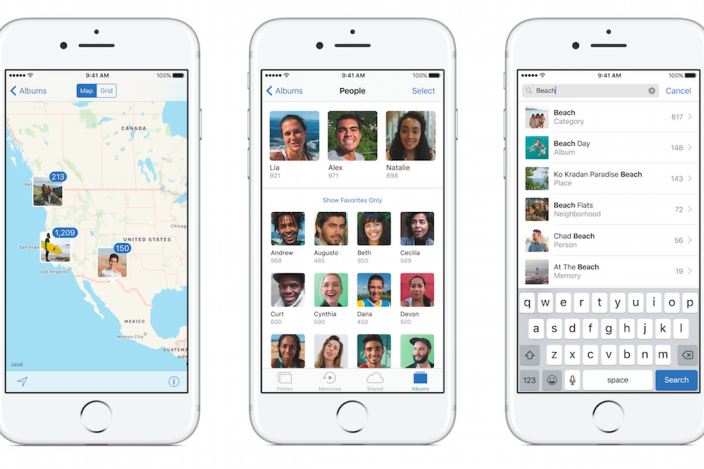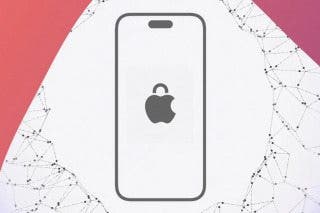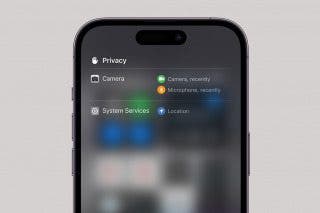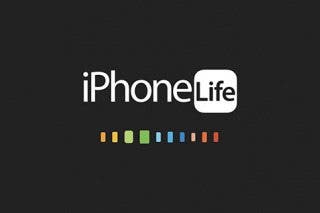Experiencing iOS 10 Bugs? Here’s How to Downgrade to iOS 9


If you’re having trouble with iOS 10, or simply don’t like the changes, you can revert your iPhone back to iOS 9.3.5. The key is to do it as soon as possible and downgrading iOS takes a certain file called an IPSW file, which you can find a link to below. You certainly can downgrade from iOS 10 back to iOS 9, and doing so is the equivalent of uninstalling an update on iPhone. But it’s good to note ahead of time that you’ll need the backup you made before upgrading to iOS 10 in order for this to work smoothly. Without it you risk losing data and information that no iOS downgrade is worth. To downgrade iOS there are three major steps: put your iPhone into DFU mode, revert your iPhone using the downloaded IPSW file, and restore your iPhone with an iOS 9.3.5 backup or older. It may seem daunting to downgrade your iOS, but we’ll go step-by-step so that it’s an easy process. Here’s how to downgrade from iOS 10 to iOS 9 on iPhone or iPad.
Steps For Downgrading:
Download IPSW File to Computer
Prepare Your Device for Downgrade
Restore Device to Downgraded iOS 9.3.5
No Backup? Here's a (Risky) Alternative
1. Download IPSW File to Computer
The first thing we need to do in order to downgrade iOS is get the file with the old iOS ready and waiting on our computer. You can find these links in multiple locations around the internet, but the key is to download the file that matches your device. For example, if you have an iPhone 6s, you need to download the IPSW file iOS 9.3.5 for iPhone 6s. It won’t work if you download the IPSW file for iPad mini or iPhone 5.
-
Here’s the page I’ve found with a full list of IPSW downloads for lots of different devices.
-
Visit the page, click the link for your device, and it will automatically begin downloading.
Also, go ahead and open iTunes. Make sure you’ve installed the later version of iTunes. If not, do that now. This way it will be downloaded and installed by the time you’ve prepared your device.
2. Prepare Your Device to Downgrade iOS
We’re going to put your device into recovery mode, but first we need to turn off Find My iPhone. To prepare your device to downgrade iOS:
-
Open Settings on your iPhone. Select iCloud and choose Find My iPhone. Toggle off Find My iPhone.
-
Connect your iPhone to your computer using the USB-to-lightning cable. Launch iTunes.
-
We’re going to put your device in DFU mode so that iTunes sees it as a device in Recovery Mode. To do this, hold down the Sleep/Wake and Home button for 10 seconds.
-
Let go of the Sleep/Wake button while continuing to hold down the Home button.
-
Your device will enter DFU mode and iTunes will tell you it detects that the iPhone is in Recovery Mode. Click Ok.
3. Restore Device to Downgraded iOS 9.3.5
Now we need to restore your device with an extra little step to ensure iOS 9.3.5 is installed to your device and iOS 10 is uninstalled. In iTunes on your computer:
-
Make sure you’ve click on your device and are viewing the Summary page in iTunes.
-
Locate the option to Restore iPhone. Before clicking it, hold down Option on Mac or Shift on PC, then press the Restore iPhone button.
-
Find and select the IPSW file for iOS 9.3.5 you downloaded earlier.
-
iTunes will ask you to confirm, select Restore and Update.
-
Once you’ve agreed, iTunes will proceed to install iOS 9.3.5 on your device.
-
Once your iPhone has powered down, it should reboot with iOS 9.3.5 installed. iTunes will inform you the restore was successfull and your iPhone will reboot as though it were a new device with the Hello screen setup.
4. Restore Backup on Device
Now you’re ready to restore your old backup to your device. Remember that any backups you made with iOS 10 installed will not work. Ideally, you should use the backup you created before you updated to iOS 10. However you can use any backup that is iOS 9.3.5 or older.
-
Set up your device following the on-screen directions.
-
When you come to the Apps & Data screen, select either Restore from iTunes or Restore from iCloud.
-
Choose a backup that is iOS 9.3.5 or older but the most recent one you have.
-
You can also choose to Set Up Device as New but you will lose all your data if you do so. This is when consistently backing up your iPhone comes in major handy.
-
Let the backup restore. When it's done, you'll have iOS 9.3.5 and all the info from your most recent backup.
No Backup? Try This Alternative at Your Own Risk
I want to note that there are popular "how to downgrade to iOS 10 without losing your data" videos on Youtube. In those videos, the idea is to skip the whole recovery and restore process by downloading the IPSW, plugging in your device and opening iTunes, holding down the Option button on Mac (Shift on PC) while clicking Check for Update in iTunes. This allows you to select the IPSW file you downloaded then confirm “Update” in iTunes. When you do, iTunes will install iOS 9.3.5 on your device. For some, this works beautifully and allows them to downgrade without losing any data. If you didn’t make a backup for upgrading to iOS 10, this might be worth a try. However, others have had problems and lost information, which is why this extra tip is a try at your own risk.
What made you decide to downgrade from iOS 10 back to iOS 9? Let us know below.

Conner Carey
Conner Carey's writing can be found at conpoet.com. She is currently writing a book, creating lots of content, and writing poetry via @conpoet on Instagram. She lives in an RV full-time with her mom, Jan and dog, Jodi as they slow-travel around the country.


 Leanne Hays
Leanne Hays
 Olena Kagui
Olena Kagui
 Rhett Intriago
Rhett Intriago

 Cullen Thomas
Cullen Thomas



 Rachel Needell
Rachel Needell

 Amy Spitzfaden Both
Amy Spitzfaden Both


 Susan Misuraca
Susan Misuraca
